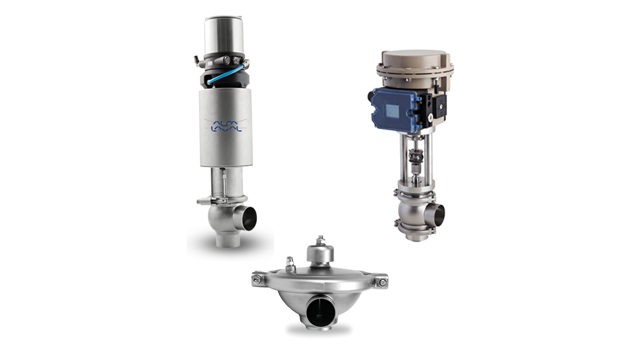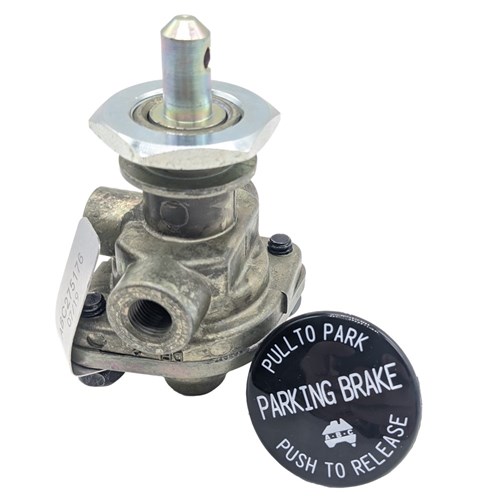Optimizing System Control with High-Performance Control Valves
Optimizing System Control with High-Performance Control Valves
Blog Article

Maximize Energy Cost Savings and Comfort With Advanced Structure Automation Controls
In the world of contemporary architecture and center administration, the integration of advanced structure automation regulates stands as an essential improvement. The convergence of technology and sustainability has actually birthed a new era where energy performance, convenience optimization, and functional streamlining are no longer obtainable truths but distant desires. By using the power of automation, structures can adjust, respond, and develop in manner ins which were as soon as unbelievable. The possibility for substantial power cost savings and enhanced convenience is not just an assurance yet an opportunity waiting to be fulfilled. This paradigm change in building administration holds the key to opening a world where environmental conscientiousness and passenger health harmoniously coexist within the wall surfaces of our frameworks.
Energy Effectiveness Perks
Energy effectiveness advantages can considerably decrease energy consumption and functional costs in buildings. By carrying out energy-efficient practices and innovations, building proprietors and drivers can attain substantial cost savings while also contributing to ecological sustainability. Among the key benefits of improving energy efficiency in buildings is the reduction of energy costs. Energy-efficient systems, such as advanced structure automation controls, can maximize the usage of sources like cooling, home heating, and lights, bring about reduced power expenditures with time.
In addition, enhanced energy performance can extend the lifespan of structure devices and systems. By operating extra effectively, a/c systems, light, and various other structure components experience much less wear and tear, causing minimized maintenance and substitute costs. In addition, energy-efficient buildings frequently regulate higher residential property values and rental prices, providing lasting monetary advantages to owners.
In addition, energy performance can improve occupant comfort and productivity. Properly managed indoor settings with optimal lights and thermal conditions produce an even more enjoyable and helpful workspace, causing boosted employee contentment and performance. Generally, the power efficiency advantages connected with sophisticated structure automation controls are multifaceted, incorporating cost savings, ecological stewardship, and occupant wellness.
Boosted Comfort Control
Enhancing comfort control in structure settings requires an advanced combination of innovative automation systems for optimal resident wellness. By using sophisticated structure automation controls, facilities can customize the interior atmosphere to fulfill the particular requirements and choices of owners. These systems allow exact regulation of lights, temperature level, and air flow, developing a comfy and effective environment. Resident fulfillment and efficiency are carefully linked to thermal convenience, making it vital to have systems in position that can adjust to altering conditions in real-time.
Boosted convenience control exceeds standard temperature adjustments. It consists of functions such as customized setups, tenancy sensors, and all-natural light usage to create a vibrant and responsive atmosphere. By incorporating these innovative controls, buildings can not just boost comfort but also boost energy efficiency by enhancing system operations based on actual tenancy and usage patterns. Eventually, focusing on passenger convenience through sophisticated automation systems causes an extra enjoyable and healthier indoor atmosphere.
Operational Performance Improvements

Moreover, the execution of real-time surveillance and analytics devices allows building operators to recognize power ineffectiveness and functional anomalies without delay. By continuously monitoring energy use patterns and system performance metrics, modifications can be made in real-time to maximize power usage and ensure peak functional effectiveness. control valves. Additionally, incorporating need response strategies into structure automation controls can additionally improve operational performance by dynamically changing power usage based on grid conditions and rates signals
Indoor Environment Optimization
Efficient interior climate optimization is a basic element of structure automation controls, making certain occupants' convenience and well-being while making the most of energy cost savings. By using advanced sensing units and controls, building automation systems can continuously check and readjust temperature level, moisture degrees, air top quality, and ventilation to produce an optimum indoor atmosphere. Preserving comfortable and consistent conditions not only improves passenger complete satisfaction yet additionally boosts efficiency and general well-being.
Interior environment optimization also plays a crucial duty in power efficiency. By fine-tuning air flow, cooling, and home heating systems based on real-time data and occupancy patterns, constructing automation controls can dramatically minimize energy intake - control valves. Executing methods such as demand-controlled ventilation and thermal zoning can assist decrease power waste while making certain that each location of the structure gets the essential conditioning.

Sustainable Environment Production
Structure automation manages not only optimize interior environment conditions for energy efficiency and owner convenience however also lay the structure for developing a lasting atmosphere through critical administration of resources and he has a good point systems. By incorporating sophisticated building automation technologies, such as sensing units, actuators, and smart software application, facilities can change and monitor power use in real-time to reduce waste and minimize their carbon impact. These systems make it possible for predictive upkeep, determining potential concerns before they rise and enhancing equipment efficiency to enhance long life and efficiency.
Moreover, lasting environment production extends past energy monitoring to include water conservation, waste decrease, and indoor air top quality enhancement. Building automation controls can control water usage, spot leaks, and make certain correct waste disposal techniques, adding to total sustainability efforts. Furthermore, by keeping an eye on and controlling ventilation and purification systems, these innovations boost occupant health and wellness and performance while decreasing power intake associated with cooling and heating operations.
Final Thought
To conclude, progressed building automation manages deal substantial advantages in terms of energy cost savings, convenience control, functional performance, indoor climate optimization, and producing a lasting setting. By executing these controls, buildings can accomplish optimum efficiency while reducing energy usage and boosting occupant comfort. It is obvious that using advanced automation innovation is critical in enhancing building efficiency and developing a more sustainable future.
Power efficiency benefits can substantially lower energy usage and functional prices in buildings. In general, the energy effectiveness advantages connected with sophisticated structure automation controls are diverse, including expense savings, environmental stewardship, and occupant well-being.
Additionally, incorporating blog here need feedback methods into building automation controls can better boost functional performance by dynamically changing energy usage based on grid conditions and pricing signals.
Structure automation regulates not just maximize interior environment problems for energy efficiency and occupant comfort her comment is here however additionally lay the structure for creating a lasting setting via critical management of systems and resources.In conclusion, advanced building automation regulates offer substantial benefits in terms of power savings, convenience control, operational effectiveness, interior climate optimization, and developing a sustainable setting.
Report this page